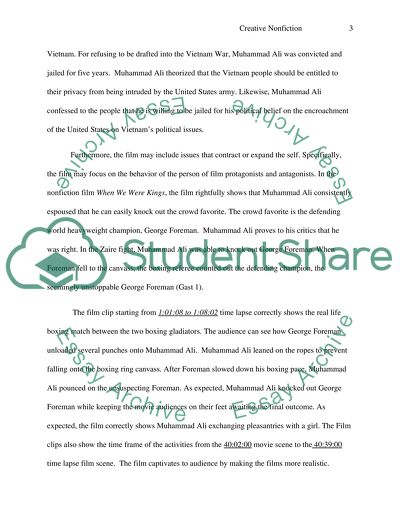Cite this document
(“Creative Nonfiction Film Essay Example | Topics and Well Written Essays - 1000 words”, n.d.)
Retrieved from https://studentshare.org/visual-arts-film-studies/1468386-creative-nonfiction-film
Retrieved from https://studentshare.org/visual-arts-film-studies/1468386-creative-nonfiction-film
(Creative Nonfiction Film Essay Example | Topics and Well Written Essays - 1000 Words)
https://studentshare.org/visual-arts-film-studies/1468386-creative-nonfiction-film.
https://studentshare.org/visual-arts-film-studies/1468386-creative-nonfiction-film.
“Creative Nonfiction Film Essay Example | Topics and Well Written Essays - 1000 Words”, n.d. https://studentshare.org/visual-arts-film-studies/1468386-creative-nonfiction-film.


